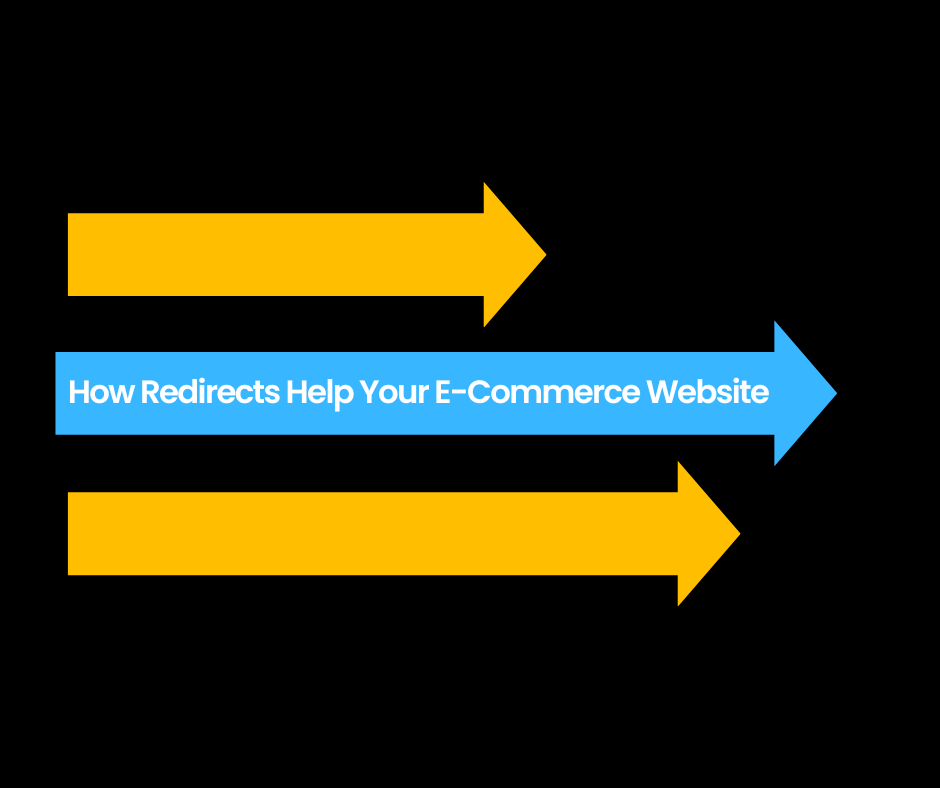Redirects are instructions that automatically take users from one URL to another. They are essential for managing website traffic and ensuring a smooth user experience. They are also beneficial for e-commerce websites in Orange County, where maintaining a seamless online shopping journey is crucial. In simple terms, redirects are instructions that automatically take users from one URL to another when they attempt to access a particular webpage.
What are the Kinds of Redirects?
Several types of redirects are commonly used in web development, including 301 redirects, 302 redirects, and meta refresh redirects.
However, the most commonly used redirect is the 301 redirect. It permanently redirects users and search engines from the old URL to the new one, indicating that the old page has moved permanently. This type of redirect passes the majority of link equity and rankings to the new URL, making it beneficial for SEO purposes.
What are the Benefits of Redirects?
Now, let’s explore how redirects can benefit your e-commerce website:
1. Website Restructuring
When redesigning or restructuring your e-commerce website, you might need to change the URLs of specific pages. Redirects ensure that users who have bookmarked or shared those old URLs are automatically directed to the new pages, preventing them from encountering broken links.
2. Product or Page Removal
You might need to occasionally remove or discontinue certain products or pages from your e-commerce website. By implementing redirects, you can seamlessly redirect users and search engine crawlers to relevant alternative pages, preventing them from landing on error pages.
3. SEO Preservation
Redirects are crucial in preserving your website’s search engine rankings. When you create a redirect from an old URL to a new one, search engines transfer most of the SEO value (such as backlinks and ranking signals) to the new URL, helping it maintain or even improve its position in search engine results.
4. Enhanced User Experience
By using redirects effectively, you can provide a better user experience for your customers. For example, suppose a user clicks on a product page URL that is no longer available–maybe they had it bookmarked, or maybe Google is still indexing the dead link on search engines. In that case, a redirect can automatically send them to a relevant alternative or a category page. This ensures they can continue browsing your website without frustration.
5. Marketing Campaigns
Redirects are helpful if you want to track the success of marketing campaigns and promotional activities. You can create unique URLs for different campaigns and use redirects to direct users to specific landing pages. If one or two pages get more traffic than the others, this tells you the campaign for them is working very well, and you need to keep doing it!
6. Website Migration
When migrating your e-commerce website to a new domain or platform, redirects are crucial to preserving your SEO efforts and maintaining customer accessibility. By implementing 301 redirects, you can ensure that users and search engines are automatically directed to the new URLs, preventing any traffic or search rankings loss.
Conclusion
In summary, redirects are invaluable tools for managing website traffic and ensuring a smooth user experience in the e-commerce landscape. By strategically implementing redirects, you can maintain SEO value, preserve user accessibility, and enhance the overall performance of your e-commerce website.
